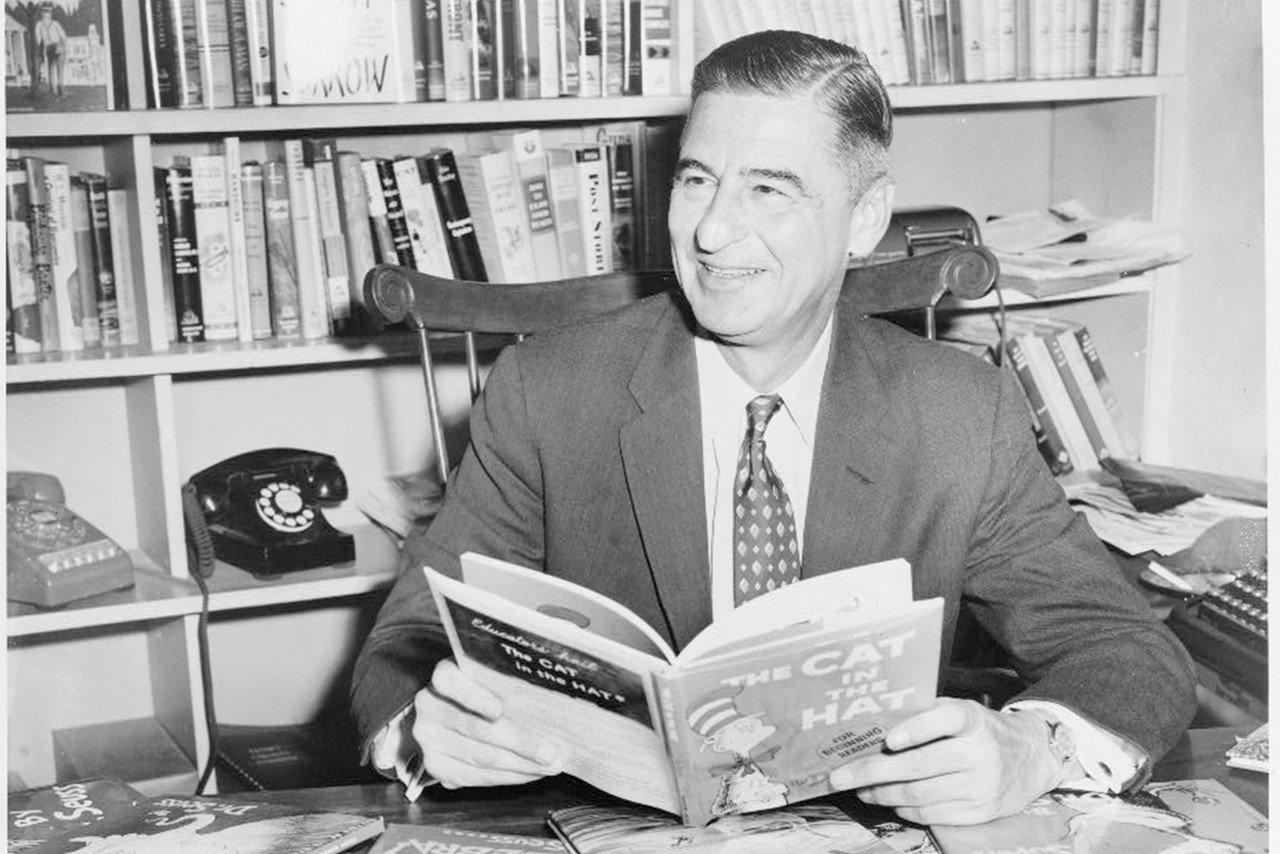
This article was originally published on Feb. 28, 2019, by the Department of Defense.
Dr. Seuss is a story-writing legend in America. It’s hard to find anyone who hasn’t read “How the Grinch Stole Christmas,” “The Cat in the Hat,” “The Lorax” or “Horton Hears A Who!”
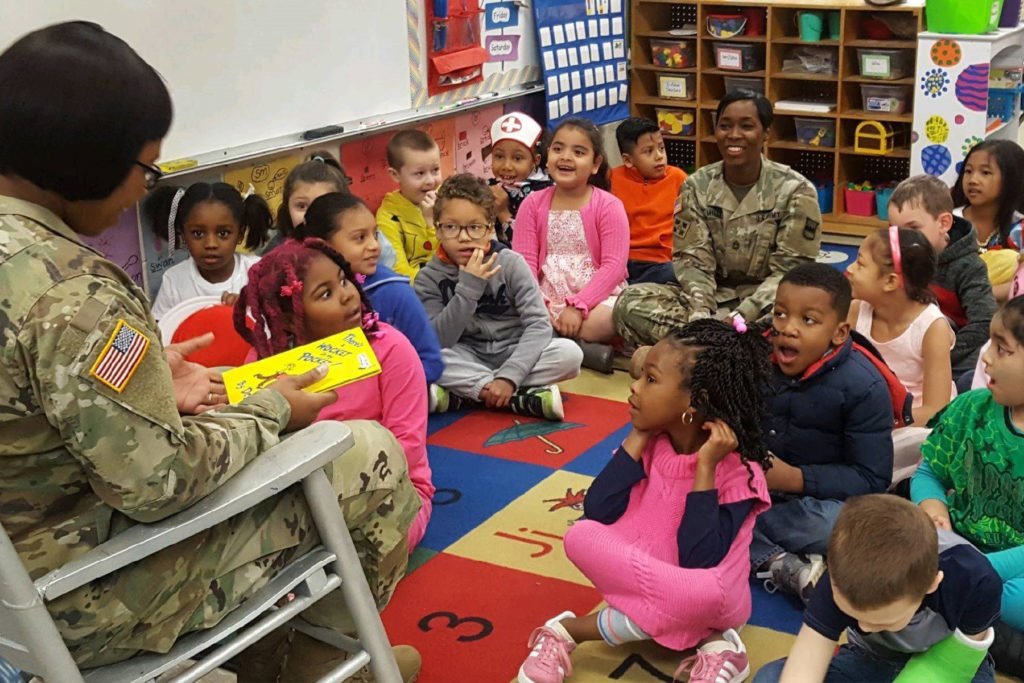
But well before those iconic books were written, Dr. Seuss joined the World War II effort on the home front using his real name, Theodor Seuss Geisel.
At first, he drew posters for the Treasury Department and the War Production Board. But by 1943, Geisel wanted to do more, so he joined the U.S. Army. He was put in command of the animation department of the 1st Motion Picture Unit, which was created out of the Army Signal Corps. There, he wrote pamphlets and films and contributed to the famous Private Snafu cartoon series.
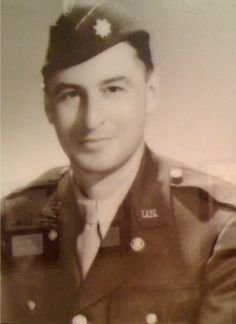
Private Snafu — which stood for situation normal, all fouled up — was a series of adult instructional cartoons meant to relate to the noncareer soldier. They were humorous and sometimes even raunchy. According to the National Archives’ Special Media Archives Services Division, Geisel and his team believed that the risque subject matter would help keep soldiers’ attention, and because the Snafu series was for Army personnel only, producers could avoid traditional censorship.
Geisel’s cartoons were often featured on Army-Navy Screen Magazine, a biweekly production of several short segments.
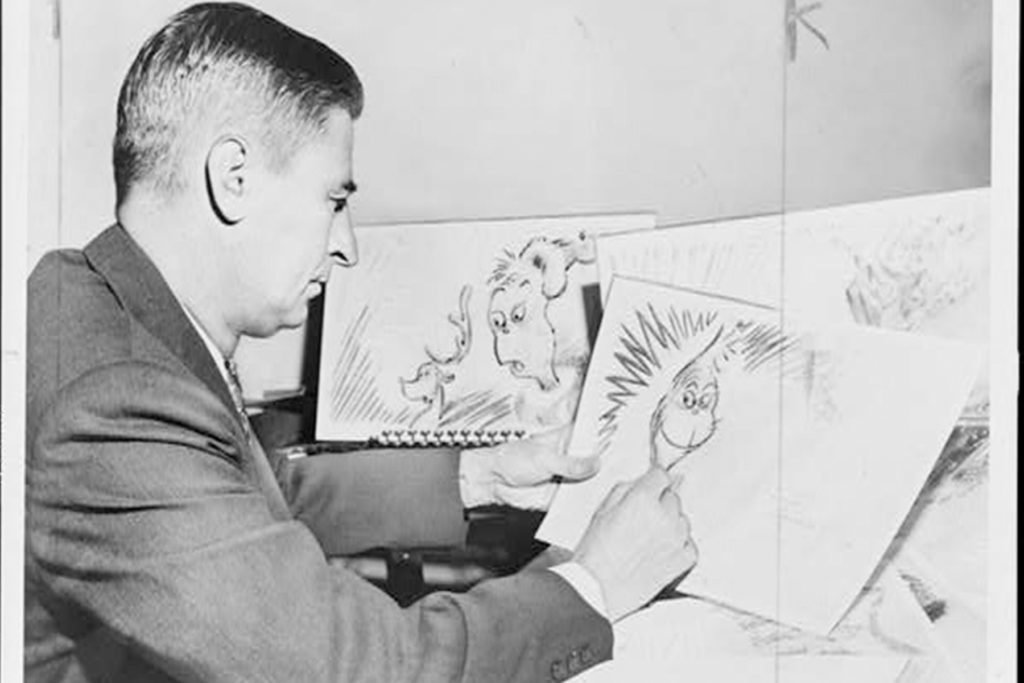
One of Geisel’s most significant military works, however, wasn’t animated. It was called “Your Job in Germany” and was an orientation film for soldiers who would occupy Germany after the war was over. Geisel, who was German-American himself, was assigned to write it a year before the Germans surrendered.
According to Geisel’s biography, “Dr. Seuss and Mr. Geisel,” Geisel said he was sent to Europe during the war to screen the film in front of top generals for approval. He happened to be in Belgium in December 1944, when the Battle of the Bulge — Hitler’s last big counteroffensive in Belgium’s Ardennes forest — erupted. According to his biography, Geisel was trapped 10 miles behind enemy lines, and it took three days before he and his military police escort were rescued by British forces.
According to National Archives staff, it’s possible that the snafu cartoons influenced Geisel’s career as Dr. Seuss. Throughout Snafu, Geisel started using limited vocabulary and rhyme — something noticeable in his later works like “The Cat in the Hat,” which used only 236 words but is one of the best-selling books of all time.
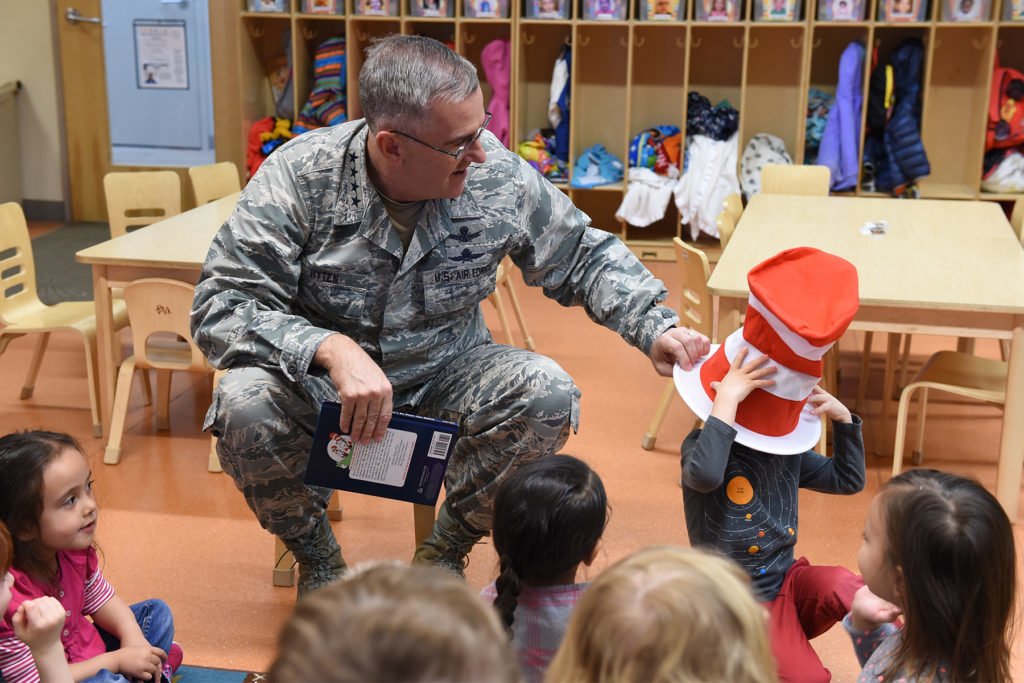
Geisel left the Army in January 1946, having attained the rank of lieutenant colonel. He stayed in the filmmaking industry for a few years, even working on documentaries and shorts that earned Academy Awards, but he eventually switched to using his pen name, Dr. Seuss, to start writing children’s books.
And the rest, as they say, is history!

For more content like this, visit defense.gov.
BRCC and Bad Moon Print Press team up for an exclusive, limited-edition T-shirt design!
BRCC partners with Team Room Design for an exclusive T-shirt release!
Thirty Seconds Out has partnered with BRCC for an exclusive shirt design invoking the God of Winter.
Lucas O'Hara of Grizzly Forge has teamed up with BRCC for a badass, exclusive Shirt Club T-shirt design featuring his most popular knife and tiomahawk.
Coffee or Die sits down with one of the graphic designers behind Black Rifle Coffee's signature look and vibe.
Biden will award the Medal of Honor to a Vietnam War Army helicopter pilot who risked his life to save a reconnaissance team from almost certain death.
Ever wonder how much Jack Mandaville would f*ck sh*t up if he went back in time? The American Revolution didn't even see him coming.
A nearly 200-year-old West Point time capsule that at first appeared to yield little more than dust contains hidden treasure, the US Military Academy said.












